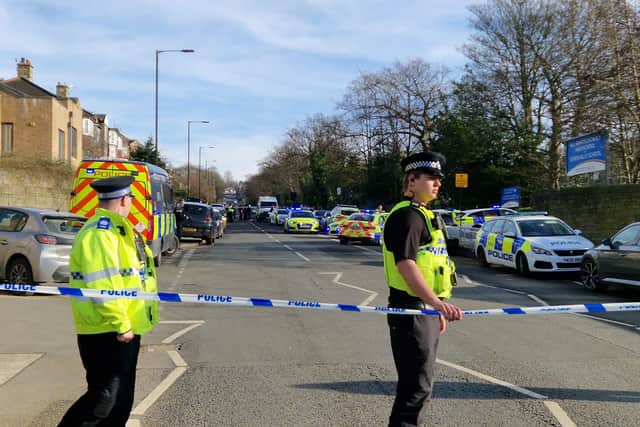In UK school education settings, a Business Continuity Plan (BCP) and a Critical or Major Incident Guidance Document serve distinct but complementary purposes. Here is a breakdown of their differences:
1. Purpose and scope
| Aspect | Business Continuity Plan (BCP) | Guidance for Managing Critical or Major Incidents |
|---|---|---|
| AspectMain goal | Business Continuity Plan (BCP)To ensure the school can continue delivering essential services during and after a disruption | Guidance for Managing Critical or Major IncidentsTo guide the school’s response to traumatic, high-impact events that overwhelm normal coping mechanisms |
| AspectFocus | Business Continuity Plan (BCP)Operational resilience (for example, maintaining education, safeguarding, utilities) | Guidance for Managing Critical or Major IncidentsEmergency response and trauma management (for example, violence, death, terrorism) |
| AspectLegal basis | Business Continuity Plan (BCP)Required under the Civil Contingencies Act 2004 | Guidance for Managing Critical or Major IncidentsRecommended best practice; not always statutory but often supported by Local Authorities |
2. Types of events covered
- BCP examples:
- Fire, flood, or loss of premises
- Utility failure (electricity, water, gas)
- Staff shortages (e.g. pandemic flu)
- IT failure or cyberattack
- Industrial action
- Closure due to severe weather
- Critical/Major Incident examples:
- Death or serious injury of a pupil or staff member
- Violent incident (e.g. knife or firearm use)
- Suicide or abduction
- Terrorist threat or bomb scare
- Hostage situation
- Environmental disaster (e.g. hazardous substance release)
3. Response versus recovery
| Business Continuity Plan | Critical Incident Guidance |
|---|---|
| Business Continuity Plan Focuses on continuity and recovery of services | Critical Incident GuidanceFocuses on immediate response, trauma support, and safeguarding |
| Business Continuity Plan Includes strategies for remote learning, alternative premises, and communication | Critical Incident GuidanceIncludes psychological first aid, liaison with emergency services, and family support |
4. Teams involved
- BCP: Business Continuity Management Team (BCMT), often led by the Head teacher and includes site staff, IT, and admin.
- Critical Incident: Critical Incident Response Team (CIRT), includes SLT, safeguarding leads, educational psychologists, and sometimes Governors.
5. Summary
| Business Continuity Plan | Critical or Major Incident Guidance |
|---|---|
| Business Continuity Plan Keeps the school running | Critical or Major Incident GuidanceHelps the school respond to trauma |
| Business Continuity Plan Operational and strategic | Critical or Major Incident GuidanceEmotional and safeguarding-focused |
| Business Continuity Plan Long-term recovery | Critical or Major Incident GuidanceImmediate crisis response |
Learn more:

